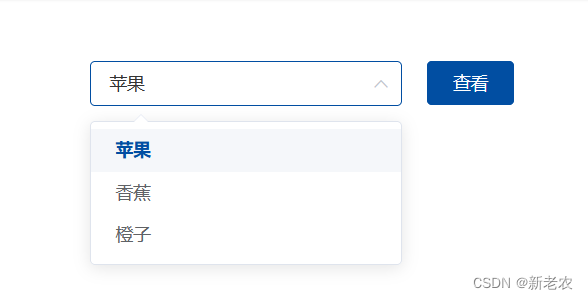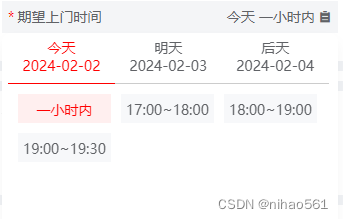本文介绍: 4. 在模板中绘制饼图 最后,在 Vue 组件的模板中,你需要添加一个用来呈现饼图的 div 元素,并通过 ref 属性引用它。然后,你可以在模板中使用这个 ref 来调用 ECharts 实例。1、安装 ECharts 首先,你需要在项目中安装 ECharts。2、创建一个 ECharts 实例 在 Vue 组件中,你可以通过引入 ECharts 库,然后在组件中使用。方法中,你可以为饼图配置 ECharts 配置项。例如,你可以设置饼图的颜色、大小、数据等。3、配置 ECharts 在。
1、安装 ECharts 首先,你需要在项目中安装 ECharts。你可以通过在终端中运行以下命令来安装 ECharts
2、创建一个 ECharts 实例 在 Vue 组件中,你可以通过引入 ECharts 库,然后在组件中使用 echarts.init() 方法来创建一个 ECharts 实例。这个实例将被用来配置和渲染图表。
3、配置 ECharts 在 getOption 方法中,你可以为饼图配置 ECharts 配置项。例如,你可以设置饼图的颜色、大小、数据等。
4. 在模板中绘制饼图 最后,在 Vue 组件的模板中,你需要添加一个用来呈现饼图的 div 元素,并通过 ref 属性引用它。然后,你可以在模板中使用这个 ref 来调用 ECharts 实例。
大致效果
声明:本站所有文章,如无特殊说明或标注,均为本站原创发布。任何个人或组织,在未征得本站同意时,禁止复制、盗用、采集、发布本站内容到任何网站、书籍等各类媒体平台。如若本站内容侵犯了原著者的合法权益,可联系我们进行处理。









